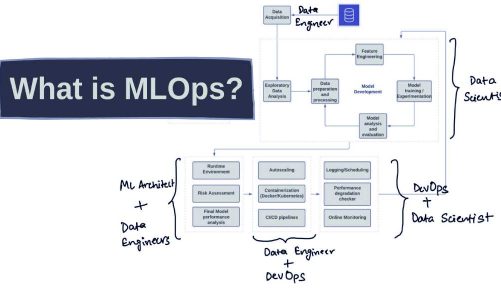Having been involved in BI solutions for my entire adult life, they are used only when necessary. For example, when preparing information for annual reporting. And often, based on data from BI systems, they form the final Excel or PowerPoint. At best, this costly solution will be used by analysts to create sales or purchase plans. But top managers rarely go into BI.
I’m not talking about pricing models, promotional, targeted advertising, calculated models of auto-orders in retail… I’m not talking about tasks that are in demand for Big Data specialists.
I’m talking about using data for decision-making by employees and managers daily; that is a data-driven culture.
What Is Needed For A Data-Driven Culture?
Most authors writing about data-driven culture agree that three conditions are necessary for its formation in a company:
- A request from top managers and shareholders that data support conclusions and decisions.
- A sufficient level of automation of processes and work, when the necessary data is collected, they are high quality and described in detail.
- Accessible and understandable BI reporting has the necessary answers to user questions.
And I agree with them.
Our decision concerns the third condition, the availability of BI tools for users.
Why Is The Availability Of BI Reports A Problem?
Let’s look at a simple example of working with data. The financial unit escalated to the sales manager the problem that the client was delaying the payment. Suppose an employee needs to decide how and under what conditions to work with him further.
Let’s imagine that our hero decides not just to raise the correspondence with the client but to turn to the data.
Here is the sequence of his actions:
- Open a BI tool (usually through the web interface – that is, find a link).
- Log in.
- Find the desired report through search or in the catalog.
- Enter the required parameters.
- Get a sales report for this customer with a separate indicator for payments and payment terms.
- Analyse the received data and make a decision.
Well, if all this information is in one report. But most likely, sales volumes, information about payments, and payment terms will be in different documents, and the user will have to upload data to Excel to reduce it there (if BI allows such uploads).
In addition, it is desirable to comprehensively assess the client, for example, to look at the dynamics of turnover with him, the list of goods supplied to him, etc. These may be the most marginal positions that will most likely be in other reports. So, the steps described above will need to be repeated several times. At the same time, each account can open, not in 3 seconds. And then again, it will be necessary to reduce it in Excel.
Only a few are capable of this; these are analysts rather than sales or purchasing managers, even the most loyal and conscientious ones.
A person, by nature, is a sluggish creature, and a mere mortal user wants to follow only some of the steps described above.
In addition, in the example of a sales manager, a BI user is, by definition, an extrovert; he makes dozens of phone calls a day, negotiates, simultaneously engages in correspondence, bargains with customers and suppliers, and negotiates good conditions. To work with reports, he needs to switch to a completely different mode, and this, unfortunately, is extremely unlikely.
Also Read: The Impact Of Data Analytics On Organizational Performance



